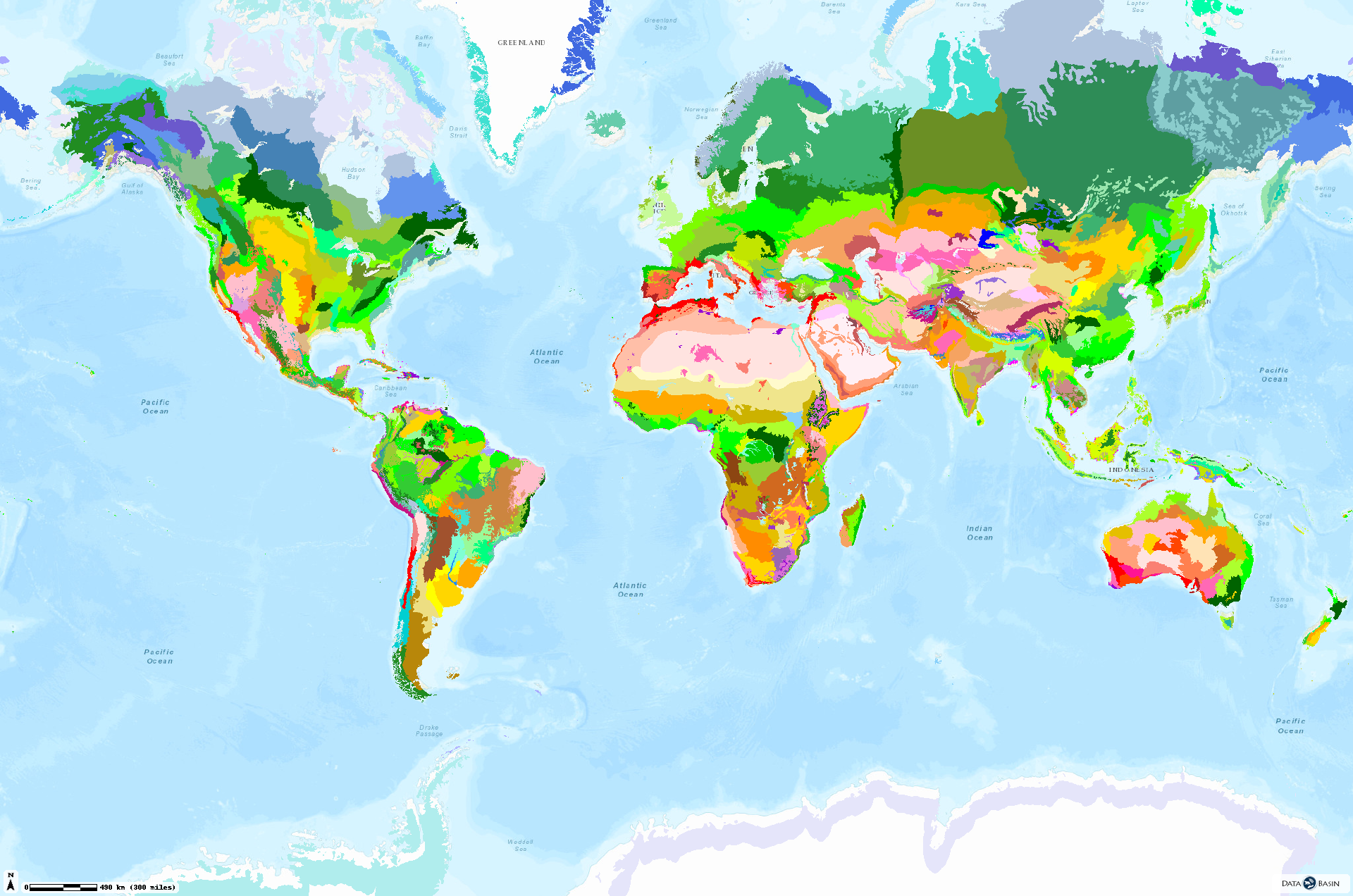Echinodontium is a type of extinct, arthropod dinosaur that lived during the Late Cretaceous period, approximately 69 million years ago. It was characterized by its large, elongated bones and unique skull shape, which included a prominent jawbone with a triangular notch for opening and closing the mouth. Echinodontians were known to have a wide range of abilities, including climbing trees and using their sharp teeth to crush prey and extract food from underground.
Harmajaea is a type of flowering plant that grows in tropical regions, often found growing on rocks or other hard surfaces near water sources. It's characterized by its large leaves and flowers that produce a fragrant, sweet-smelling scent when crushed. The plant is also known for its medicinal properties, particularly for treating skin infections like boils and blisters.
Tannenmeise is a type of plant that blooms in the spring and produces a sweet, pungent odor when crushed. It grows in the Mediterranean region, particularly in Spain and Portugal, and is often used as a flavoring agent for wine or other beverages.
Labrax is a type of plant that belongs to the family Lythraceae, which includes species such as the cottonwood and the willowleaf pine. It has a broad, woody stem with leaves that are usually flat or oblong in shape. The flowers typically bloom in clusters at the end of the season, and they have a sweet, pungent flavor when crushed.
Lophomyrmex is a type of bird in the family Tyrannidae, commonly known as the hornbill or the cactus thrush. They are small birds with short legs and slender bodies. Their wingspan can range from 10 to 25 inches long, depending on their size. Lophomyrmex are primarily found in Australia but can be seen across much of the world.
Goldbelly is a type of gold that has been crushed, separated from its underlying stone, and then polished or ground into a smooth, polished surface. It's often used in jewelry making, as it gives a shiny, reflective finish to items like rings, bracelets, and earrings.
Colaconematales are a group of cephalopods, also known as octopuses or squid. These animals belong to the family Chelonia and are characterized by their large eyes and long tentacles. They have a wide range of adaptations for hunting, including a powerful jaw that can crush prey with great force, and a strong sense of smell that helps them locate food sources.
Gorytocephalus is a genus of extinct sauropod dinosaur that lived during the Late Cretaceous period, around 68 million years ago. These dinosaurs were known for their large size and powerful jaws, which they used to crush their prey.
Alcalinae are a genus of flowering plants in the family Apiaceae, native to South America and parts of Asia. They are known for their unique, highly aromatic flowers that produce a sweet fragrance when crushed or crushed into a paste.
Austrogena is a genus of flowering plants in the family Apiaceae, native to North America. They are known for their large flowers, which can reach up to 10 inches long and produce a delicious aroma when crushed. These plants have been used medicinally for centuries as a source of estrogenic compounds.
Sibaropsis is a genus of flowering plants in the family Apiaceae, native to Central and South America. They are commonly known as the "sagebrush" or "blue sage," due to their distinctive blue leaves. These species have been used for centuries in medicine and are also widely cultivated for their delicious flowers.
Chrysotriclis is a type of flowering plant in the family Asteraceae, commonly known as the "sagebrush" or "bush sage." It has white flowers with a distinctive, narrow tube that is typically about 1/3 to 1/2 inch long and 5-6 inches wide. This plant is native to North America and grows in rocky areas such as deserts and mountainous regions.
Biemna is a type of plant in the family Apiaceae, native to Europe and Asia. It's known for its distinctive flowers with white or yellow petals and a fragrant scent when crushed.
Giant tetraodonts are a group of extinct marine reptiles that lived during the Mesozoic era, about 643 million years ago. They were characterized by their large size and distinctive features such as long, slender bodies, sharp teeth, and a large snout. These creatures likely inhabited shallow coastal areas with abundant prey like fish and crabs, and they were known for their powerful jaws and teeth that could crush bone and flesh.
Culeolus is a genus of flowering plants in the family Asteraceae, which belong to the family Asteraceae. They are commonly known as "buttercanes" due to their bright yellow flowers and crunchy texture when crushed.
A type of plant that produces a sweet, pungent fragrance when it is crushed or ground up.
Podoctidae are a family of birds belonging to the order Passeriformes, which also includes songbirds and thrushes. They are known for their unique ability to sing melodies that can be heard from long distances through aerial flight.
Phlyctaenodini are a group of extinct reptiles in the phylum Chordata, belonging to the order Reptilia. They were characterized by their distinctive round-to-sphere heads and long necks, as well as their large eyes and powerful jaws that could crush bones with only a flick of their tongue.
Hamakko, also known as the "Great White" shark, is a large, toothed fish that inhabits the deep waters off the coast of Japan and northern Korea. It is the world's largest predator, capable of reaching speeds up to 100 miles per hour (161 km/h), making it one of the fastest animals in the ocean. Hamakko are known for their distinctive white skin and powerful jaws that can crush fish with just a single bite.
The term "Dibothriocephalus" refers to a species of mammal that belongs to the order Carnivora, specifically the family Cervidae. These mammals are known for their large size and ability to climb trees or other obstacles. They have a distinctive feature called a "dibothiocephalon," which is a thick layer of fur covering their heads and body. This characteristic helps them in finding food hiding in the underbrush, as well as protecting them from predators
Callajoppa is a type of calligraphy used in Canada, specifically in the province of Quebec. It involves writing letters or designs with a stylus, usually using a brush or pen.
California is a state located in the southwestern United States, bordered by the Pacific Ocean to the west and Mexico to the north and south. It was formed from the remnants of the California Gold Rush, which occurred during the late 19th century. The capital city is Sacramento and its largest city is Los Angeles.
Phalangogonia is a type of insect in the order Coleoptera, commonly known as ants or termites. They are characterized by their long, slender bodies with a large, pointed mouth, which they use to crush and chew on various plant materials, such as wood, bark, and leaves.
Lipogya is a type of bacteria that causes oral infections, commonly known as thrush or yeast infection. It is characterized by white patches on the tongue and lips, which can be caused by various factors such as poor oral hygiene, improper diet, or certain medications.
Kana-mugura is a type of Japanese ink drawing technique that involves using only the strokes of a brush, typically made from kanji or other Chinese characters, to create a design on paper. The technique originated in Japan and has since been adopted by various cultures, including Korea and China, where it is often used for art and decorative purposes.

